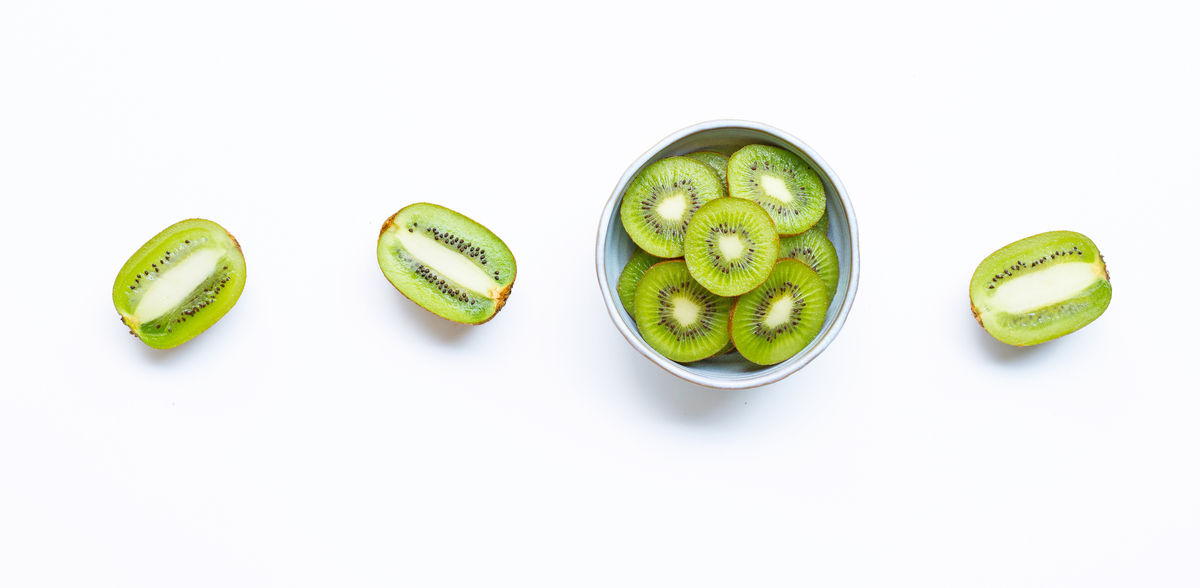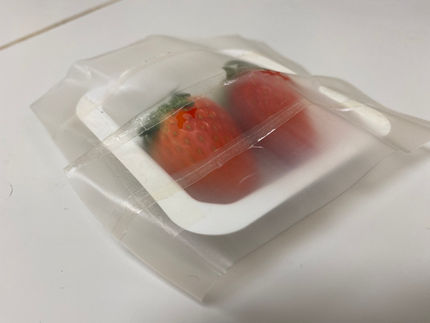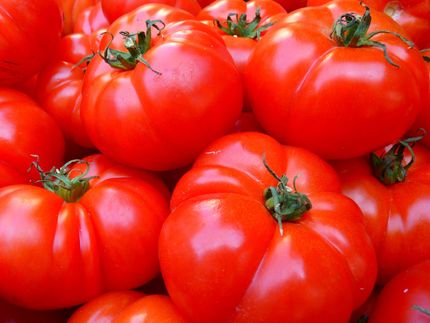Why you can almost always eat the skin of fruit and vegetables without hesitation
Advertisement
But with the peel, please...
The NRW consumer advice center reveals why we can safely eat the peel of almost all fruit and vegetables.
Before snacking on an apple or carrot, many people reach for a paring knife. Some people have reservations about eating fruit and vegetables unpeeled or do so out of habit - but the peel is often the most valuable thing that the garden and field have to offer. "The fiber, vitamins and phytochemicals found there are important building blocks for a healthy diet and protect us from illness," summarizes food expert Hannah Zeyßig from the NRW consumer advice center.
Unusual, but not poisonous
Most people simply bite into cucumbers, pears or tomatoes. But little is known about the fact that the outer shells of oranges, bananas, lemons, mangoes, watermelons and kiwis are also edible or can be processed. For those who like to experiment, we recommend eating a kiwi with the skin on. The taste of the skin is quite special and the hairy texture in the mouth takes some getting used to, but harmonizes well with the sweet inside. It can also be used in a smoothie as a (gentle) introduction. Small cubes of lemon and orange peel can be easily processed into particularly aromatic candied orange peel or candied lemon peel. The white parts of the watermelon rind are also edible. They contain valuable ingredients such as vitamin C and B6. In Japan, for example, the white parts of the watermelon rind are eaten as a sweet and sour garnish.
Rinse and rub off
Before eating, fruit and vegetables should always be rinsed thoroughly under cold water and then rubbed vigorously with a cloth. This not only washes off visible dirt, but also bacteria and viruses that may be on the skin. This is also the best way to reduce any pesticide residues on the surface. This procedure is also advisable if you continue to peel or peel your fruit and vegetables - it prevents unwanted substances from landing on the pieces of fruit and vegetables when they are cut.
Preferably organic, regional and seasonal
For anyone who wants to try the peel, organic products are the best choice. This is because pesticides may be present on the skin of conventional produce and it may be more heavily contaminated with nitrate. Also, the outer skin - if not intended for consumption - is not checked for harmful substances by the food control authorities. Seasonal fruit and vegetables are also recommended, as they are likely to be less contaminated with pesticides.
Exception potatoes
However, there are also skin components that should not end up on our plates. In principle, potatoes can also be cooked and eaten with their skin on. The tedious peeling of potatoes is no longer necessary and the body enjoys the valuable nutrients and fiber from the skin. However, caution is advised with green parts and sprouting potatoes - the plant toxin solanine contained in them can cause headaches, nausea and vomiting. These symptoms can be particularly dangerous for children. It is therefore better to cut out the affected areas of the potato generously, including the skin. Growers often treat their potatoes with a sprout inhibitor to extend their shelf life. These do not have to be labeled. If you only want to process and eat untreated potatoes, it is best to buy organic produce from the region, as chemical sprout inhibitors are prohibited in organic farming.
Note: This article has been translated using a computer system without human intervention. LUMITOS offers these automatic translations to present a wider range of current news. Since this article has been translated with automatic translation, it is possible that it contains errors in vocabulary, syntax or grammar. The original article in German can be found here.
Other news from the department business & finance
Most read news
More news from our other portals
See the theme worlds for related content
Topic world Food safety
Food safety is at the heart of the food and beverage industry. It ensures that the food we eat every day is not only nutritious, but also free of harmful contaminants. From field to plate, the industry monitors and regulates every step of the process with strict quality controls, advanced testing methods and continuous research.

Topic world Food safety
Food safety is at the heart of the food and beverage industry. It ensures that the food we eat every day is not only nutritious, but also free of harmful contaminants. From field to plate, the industry monitors and regulates every step of the process with strict quality controls, advanced testing methods and continuous research.
































































